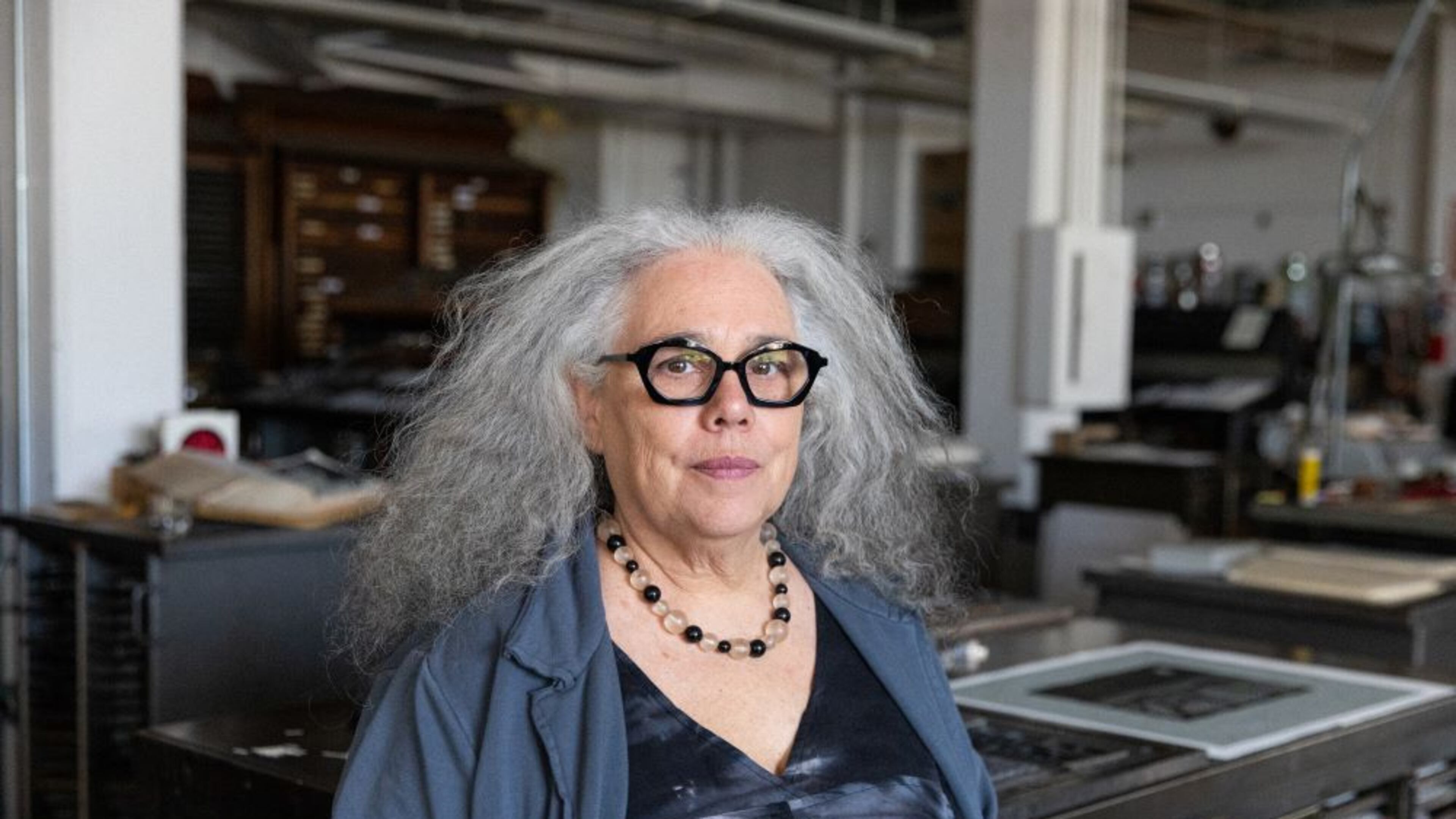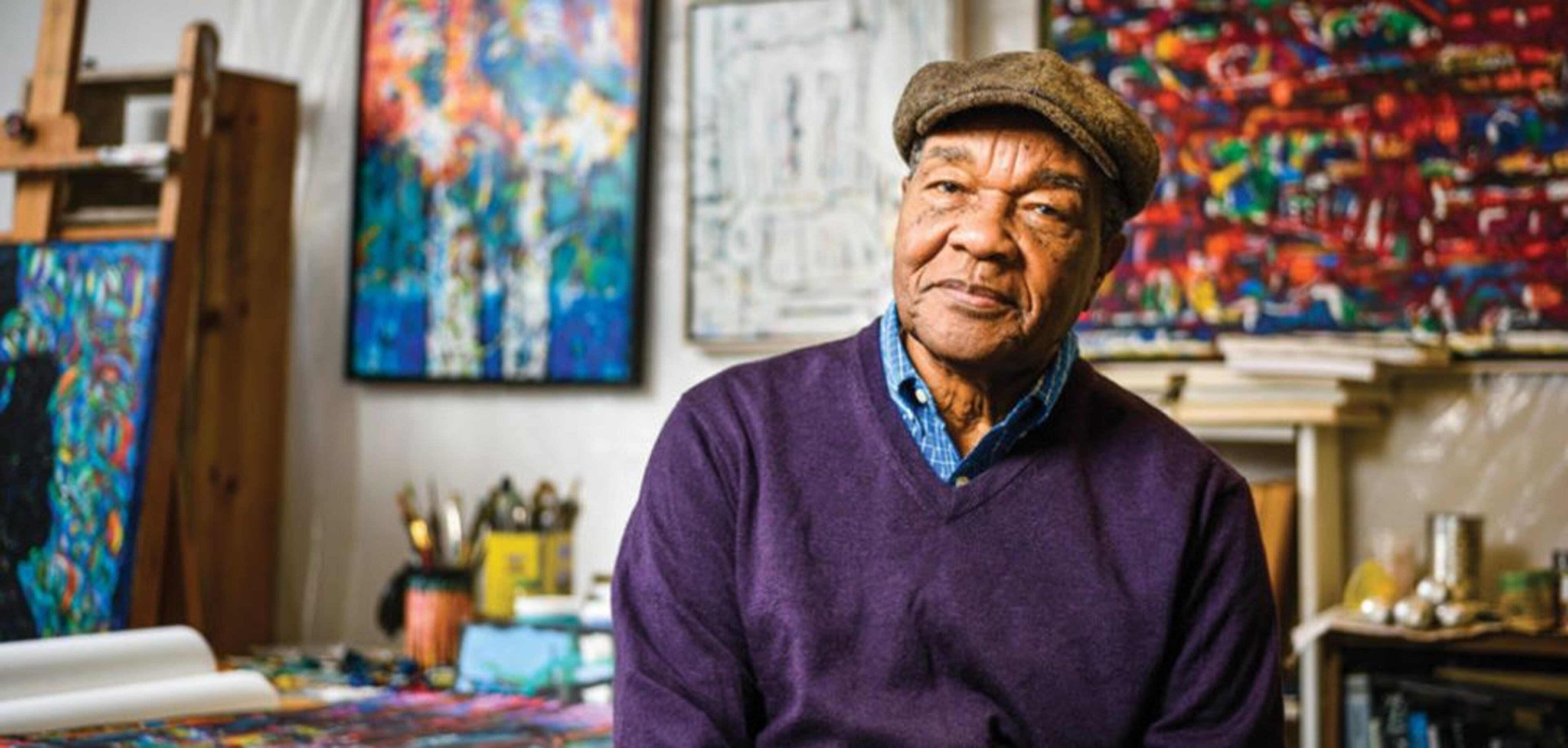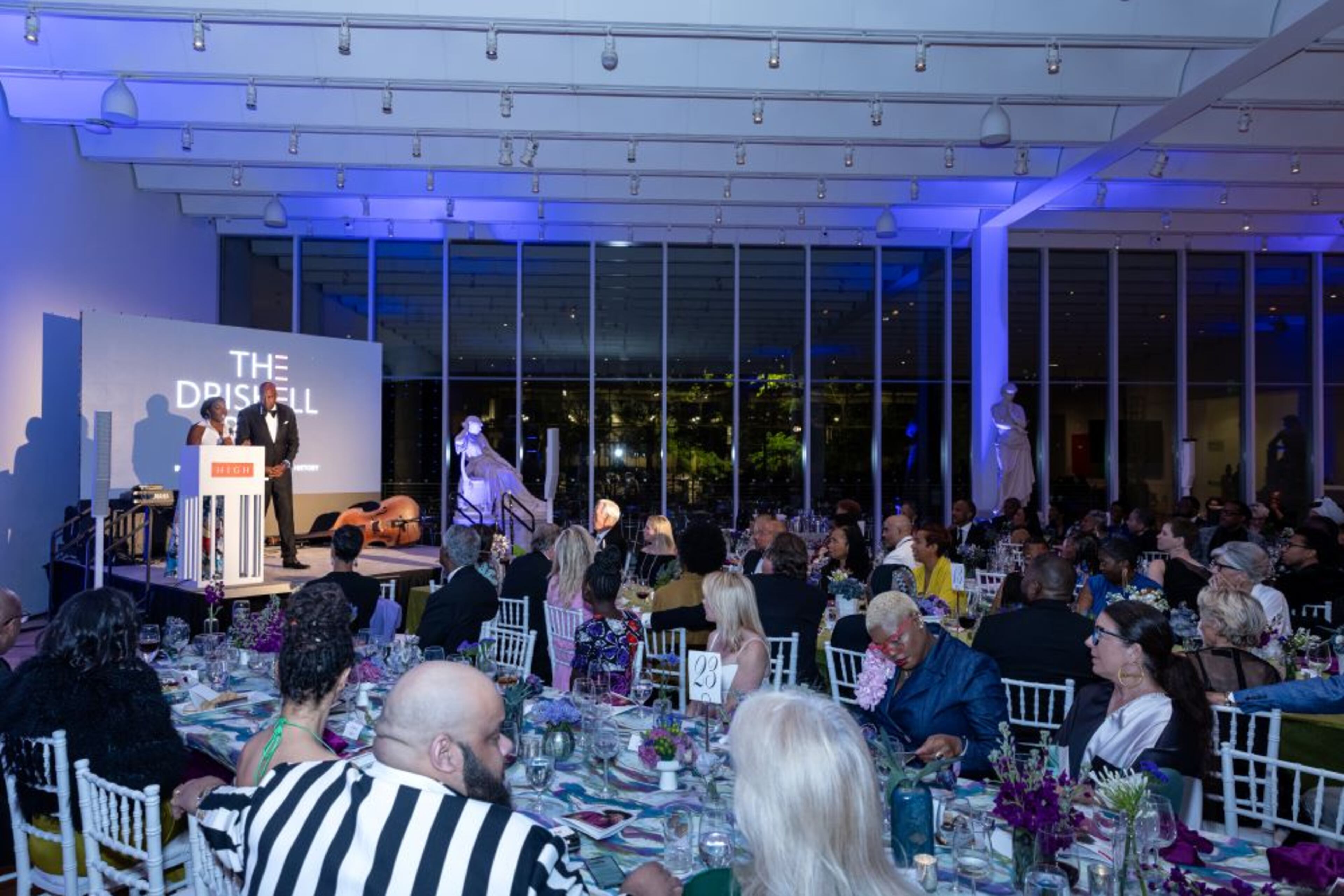Driskell Prize honors 20 years of recognizing Black art history

In 1993, Alison Saar premiered her debut solo exhibition, “Fertile Ground,” at the High Museum of Art.
“Fertile Ground” was the Los Angeles-born sculptor and mixed media artist’s installation depicting five statues of enslaved Black people who worked in cotton and tobacco fields. She made the figures out of tin, copper, plaster, red clay and magnolia wood.
Saar, 69, wanted to remind patrons of an overlooked history of Black people in America. “I utilized materials true to Georgia and dealt with the ongoing repercussions that African Americans still endure as a result of being enslaved and how we survived,” she told UATL.
“It was a personal history for several visitors and others who had no idea of any of that, so it gave a means to teach and learn about the horror stories through creative work.”
Thirty-two years later, Saar is returning to where she got her start. She will receive the 2025 David C. Driskell Prize in African American Art and Art History at the High Museum on Saturday.
Now in its 20th year, The Driskell Prize is an annual award that recognizes Black artists, scholars, historians and curators. The $50,000 cash prize is named in honor of Driskell, a Black artist, curator and historian who died in 2020 at age 88.

The gala will feature entertainment by singer and songwriter John Legend followed by DJ D-Nice spinning tunes at the after-party.
High Museum director Rand Suffolk said Driskell was always paying attention to the work of emerging artistic talent and thinkers.
“He was a brilliant, generous and remarkably thoughtful human being devoted to recognizing Black excellence. He had an ability to toggle between being an exceptional artistic practice and scholarship that easily distinguished him within the field,” Suffolk said.
Saar was named this year’s Driskell Prize honoree by her peers for her ability to create original work using raw materials to tell stories about the Black experience through references to American history, mythology, literature and spirituality.
Saar is receiving the Driskell Prize at a time when museums are being demanded by the current administration to remove exhibits and artifacts that document Black history. She said the orders affected her ability to create.
“It was hard to get into the studio to find things to discuss that we’re living 24/7, but this moment is heartwarming and encouraging” Saar said.
“I always try to address the pain but always want to still be hopeful, and it’s not always possible because art needs to be dark.”

Saar met Driskell in the mid-1970s when she was a graduate student at Otis College of Art and Design in Los Angeles. She saw his “Two Centuries of Black American Art” exhibit at the Los Angeles County Museum of Art, spotlighting 200 works by more than 60 Black artists from 1750-1950.
It exposed her to the legacy of Black art and history outside her hometown.
“I grew up the child of an African American artist and was very familiar with the Black arts scene in Los Angeles. His show revealed there were these other amazing artists all around the United States with similar movements happening near my neighborhood,” she said.
Driskell, who was born in Eatonton, was a painter and collage artist. He was longtime faculty at University of Maryland, College Park, where the David C. Driskell Center was created in 2001 to recognize Black visual art and culture.
Spelman College alumna Naima J. Keith received the Driskell Prize in 2017. At the time, she was deputy director at the California African American Museum.
She is currently senior vice president of education, public programs and regional partnerships at the Los Angeles County Museum of Art.
Keith, who studied art history, chatted with Driskell over lunch before her awards ceremony about the resistance he faced having “Two Centuries of Black American Art” held at LACMA in 1976. She said his determination and commitment to celebrate Black art and history empowered her to champion Black creatives.
“He regularly talked about how hard it was to produce that exhibition because not everyone was in support of him producing a show at that time completely focusing on African American artists. The director of education at that time was so angry at LACMA launching the exhibition, she resigned,” she said.
“He was proud to see me as one of two Black vice presidents in LACMA’s history and how far the field had come. It reminded me of the immense responsibility that I have.”
The High Museum was the next institution behind Los Angeles County Museum of Art to exhibit “Two Centuries of Black American Art.”
The Driskell Prize allows the winners to use the funds as they desire to advance their scholarship or creativity. Keith used the grant to visit other galleries and installations to consider for future programming.
“CAAM didn’t necessarily have a large travel budget, so I was able to go to art fairs, exhibitions throughout the country, see shows that I love and support other curators,” she said.
Saar said she plans to renovate her studio and build additional space for her daughter, who’s an emerging artist.
“I can just step away from the market and look at what I’ve done in the past to imagine something new, exciting and invigorating for me to pursue in the future,” she said.
Saar said the Driskell Prize is a community builder.
“It’s an example of how we (artists and collectors) support and try to lift each other up despite being attacked from all sides,” she said.
“We need to remember the joy in the world that keeps us alive, together and strong.”
IF YOU GO
David C. Driskell Prize 20th anniversary gala. $175 after-party.
6 p.m. Saturday. High Museum of Art, 1280 Peachtree St. NE, Atlanta. high.org
